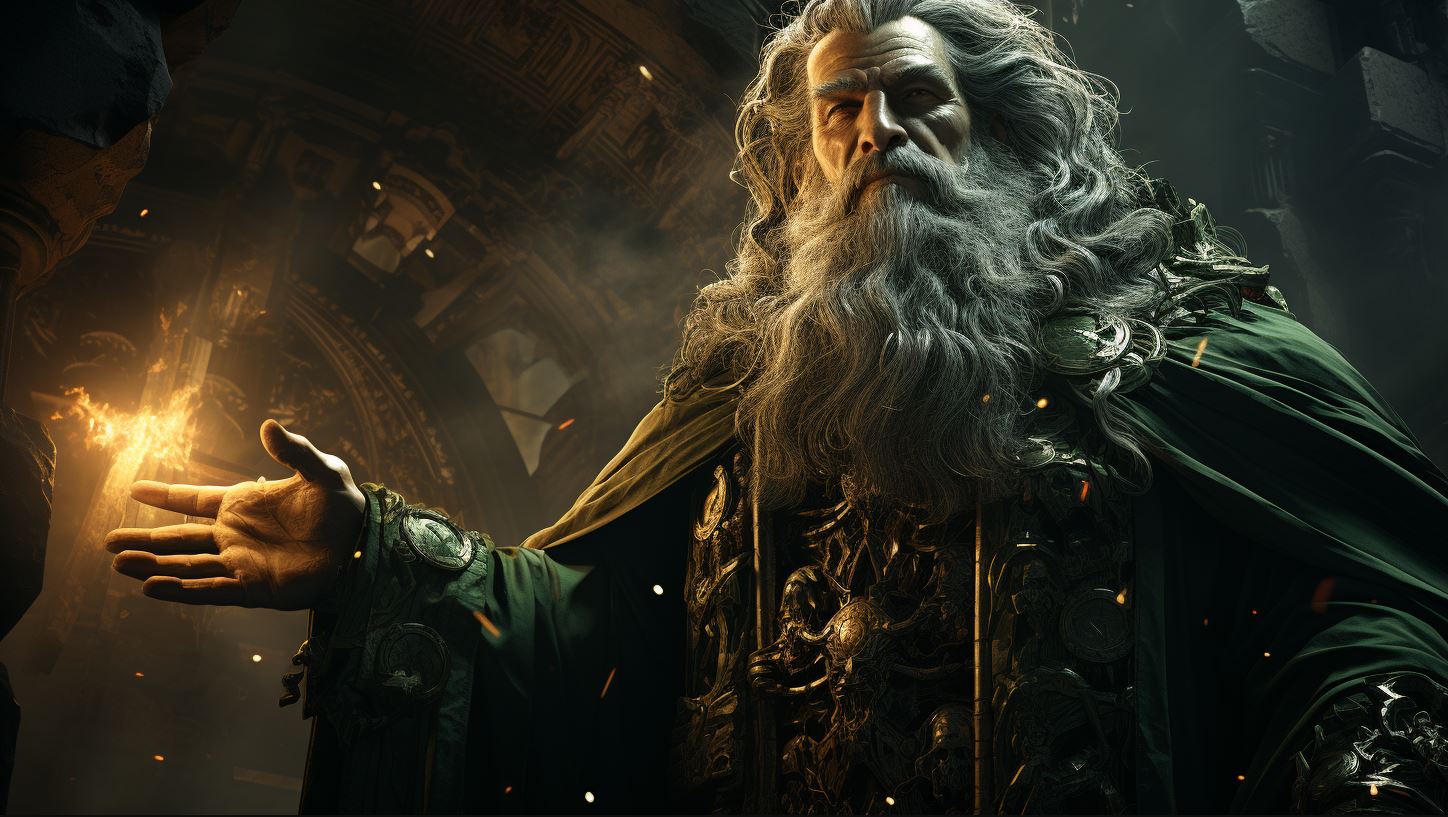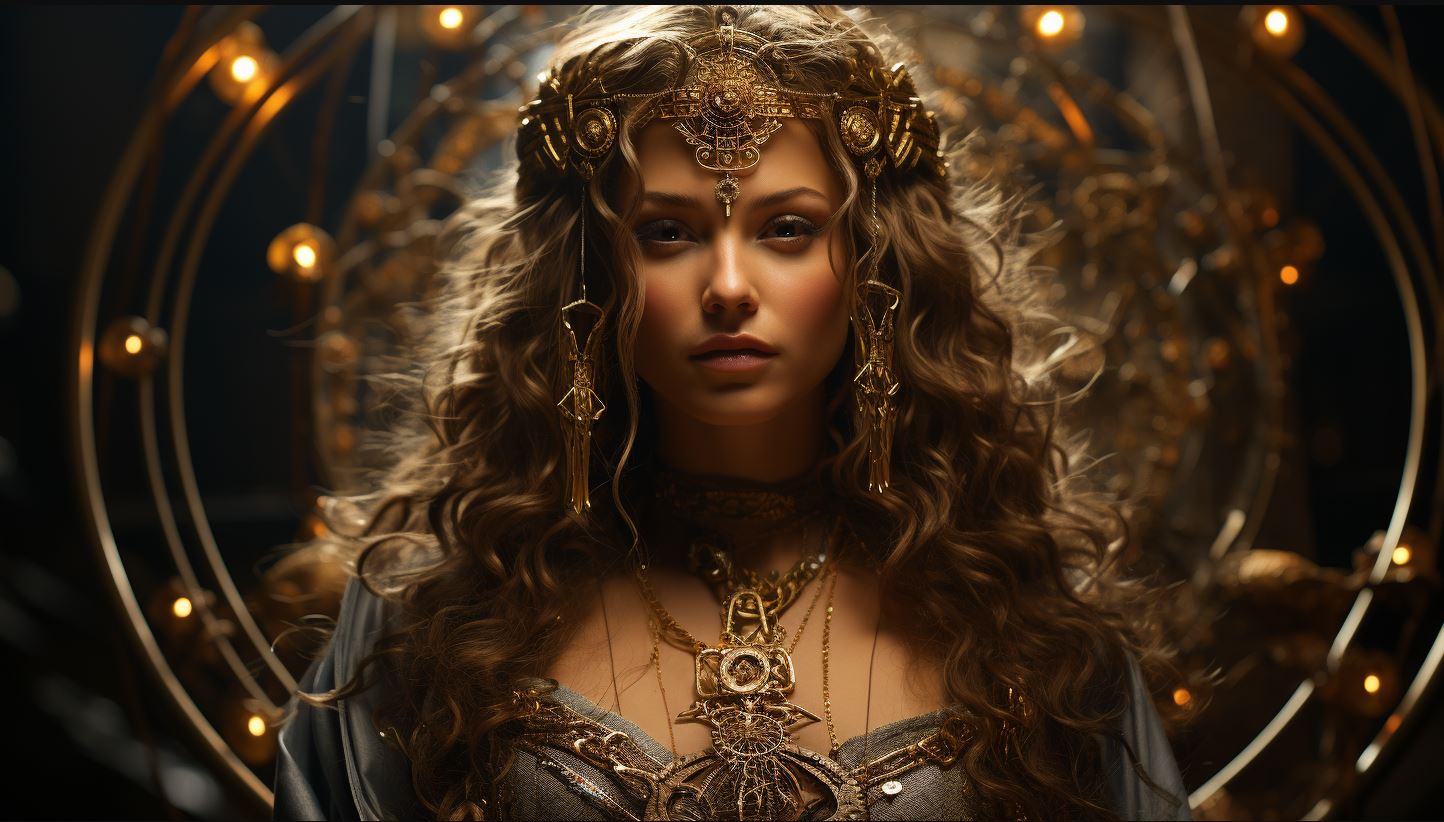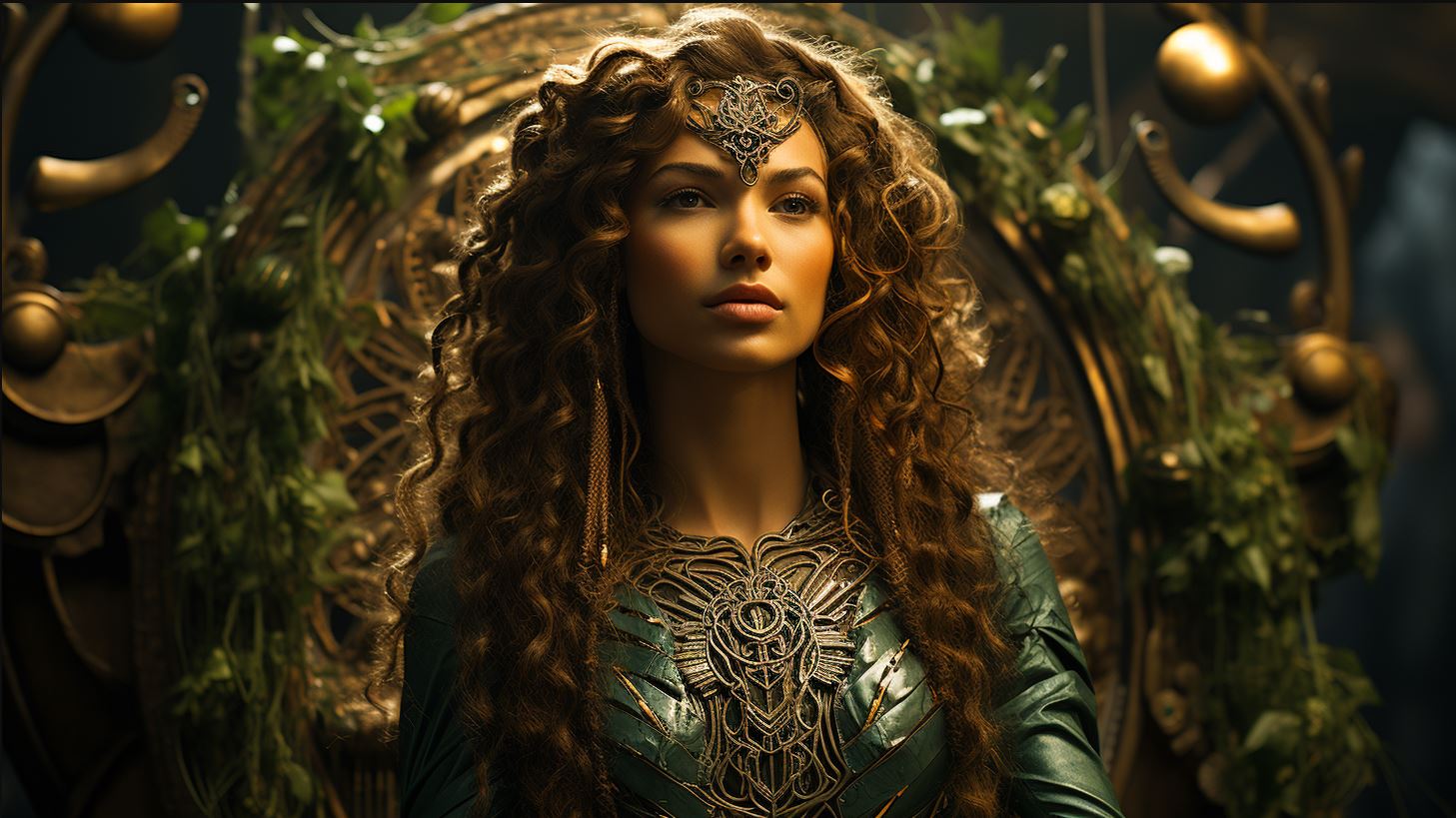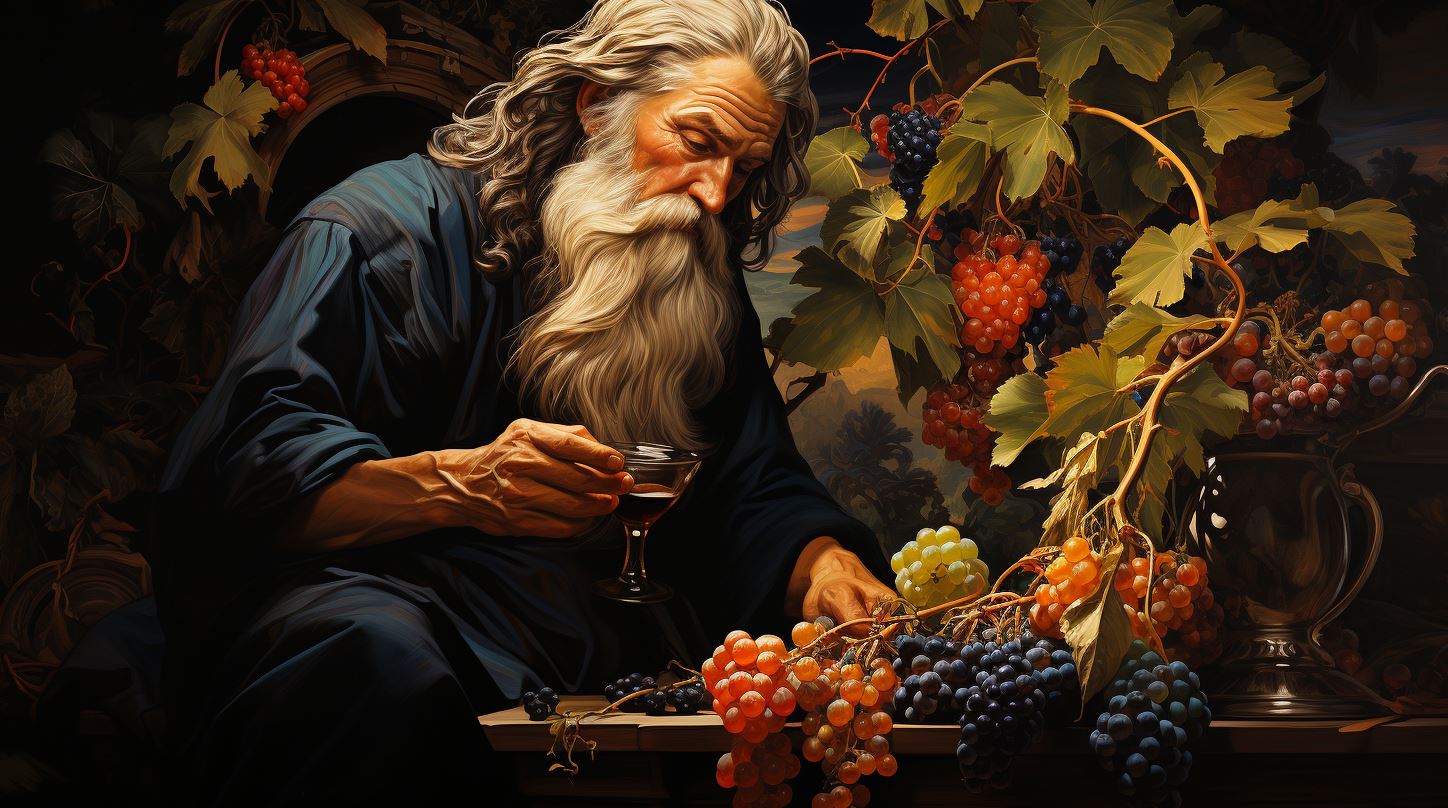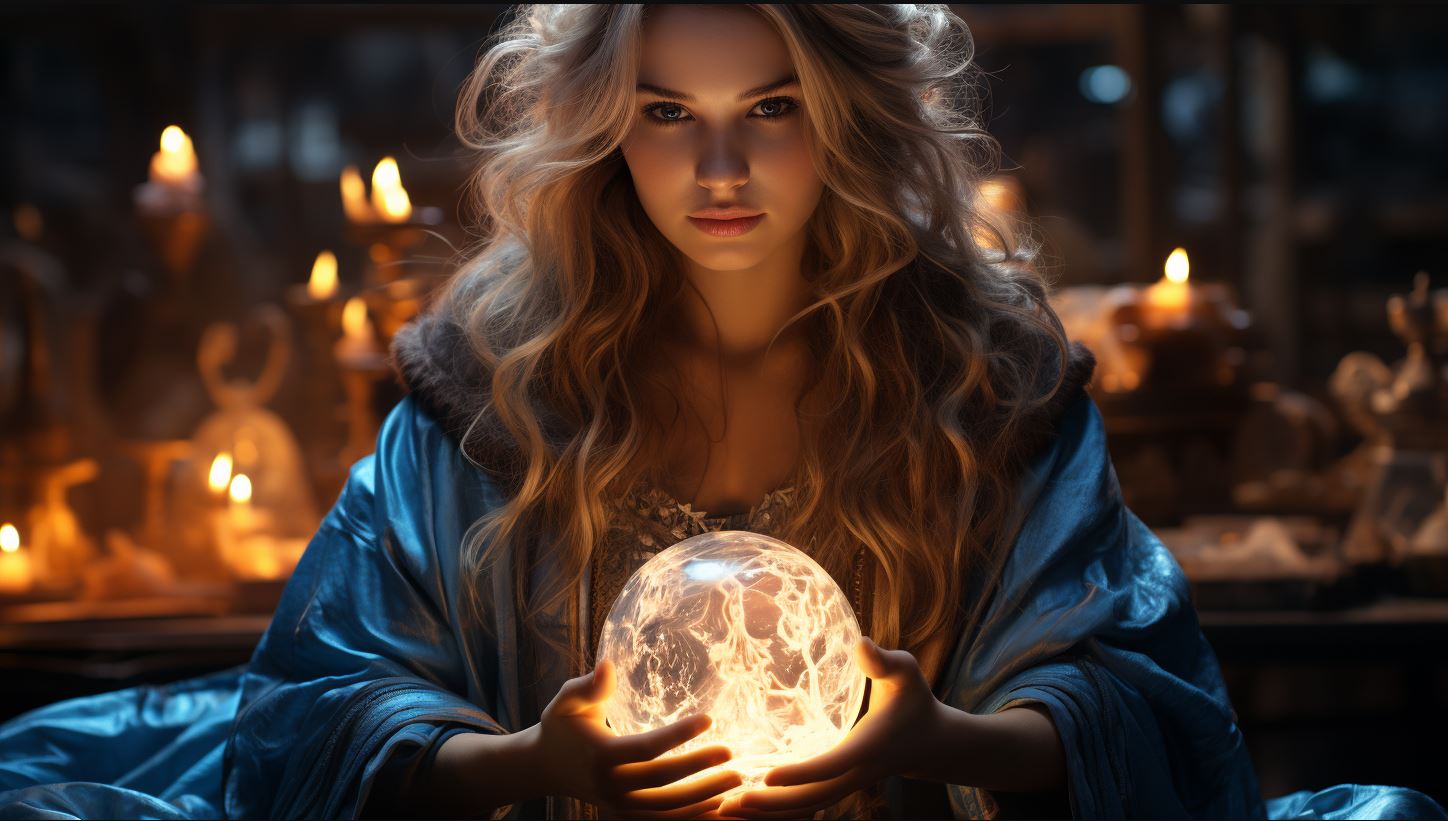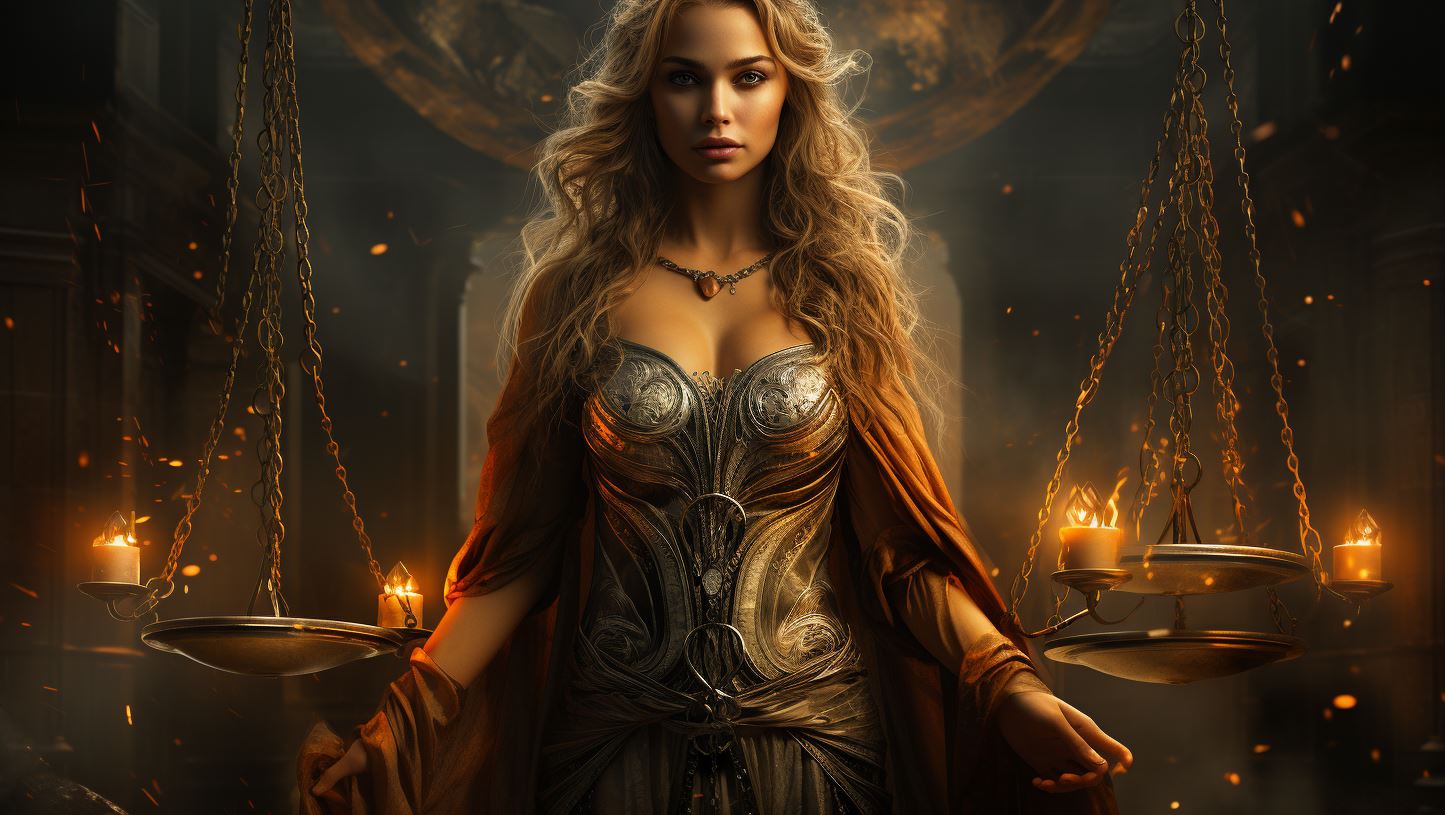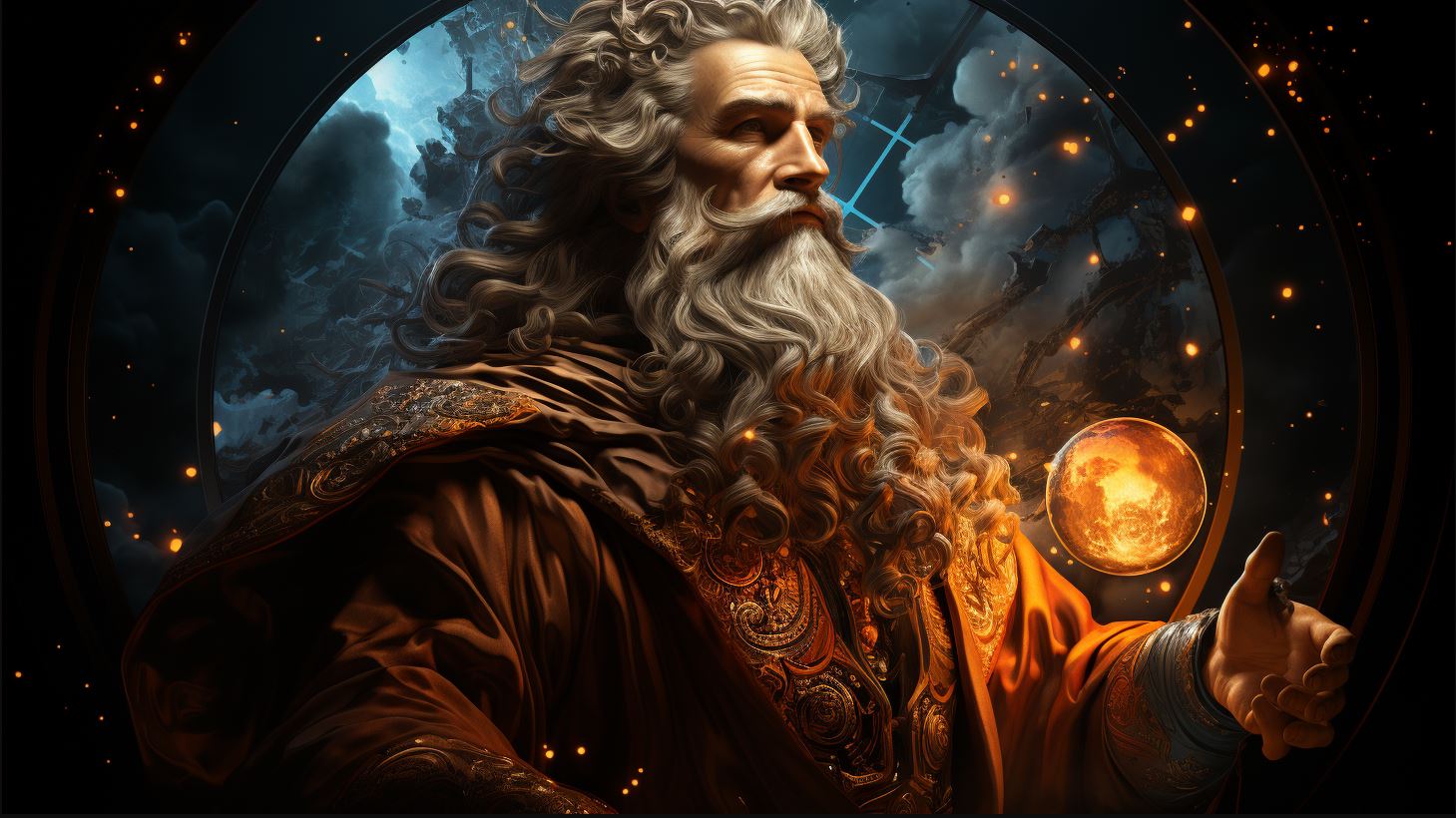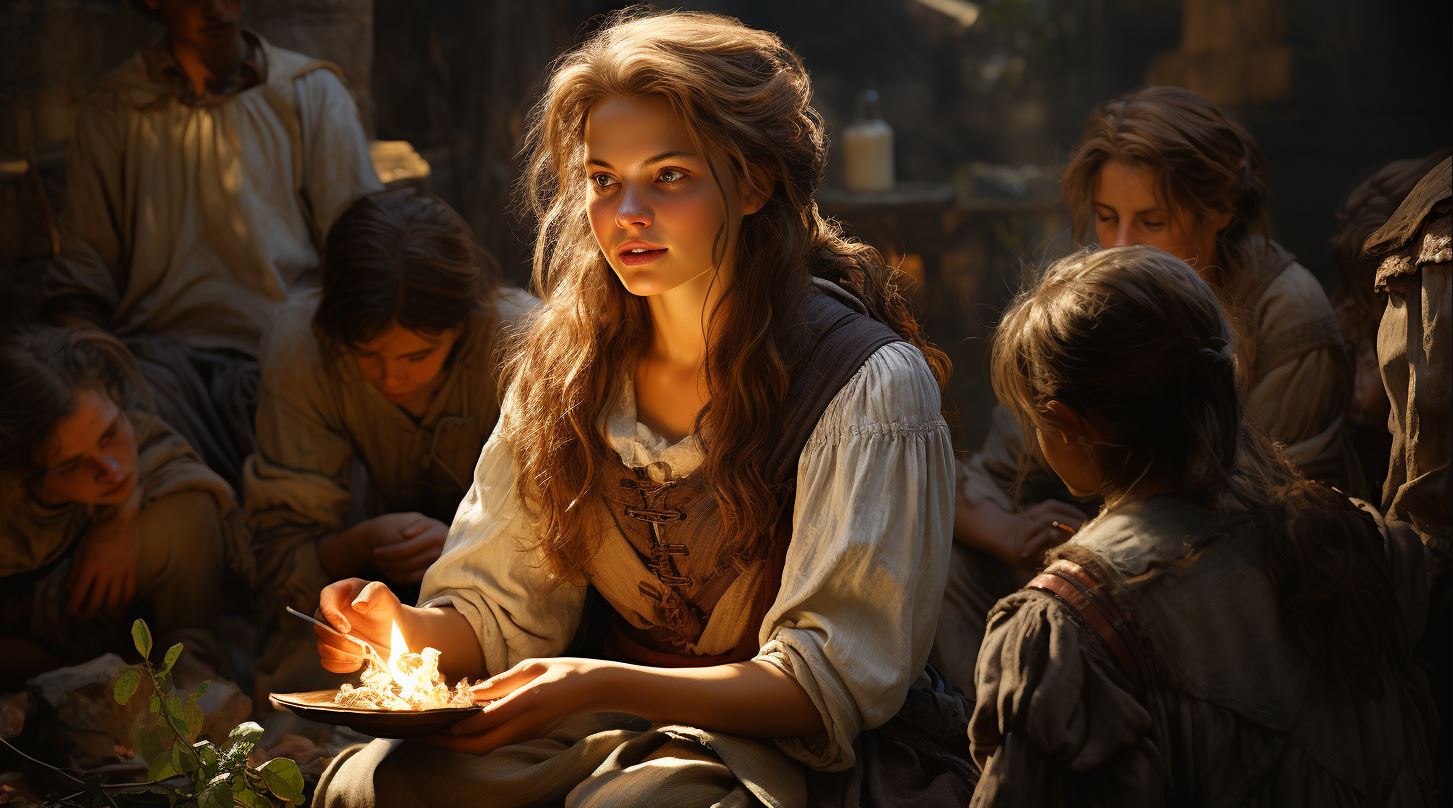Bran Celtic God: Unveiling the Mythology and Influence of the Celtic Deity in Ancient Britain
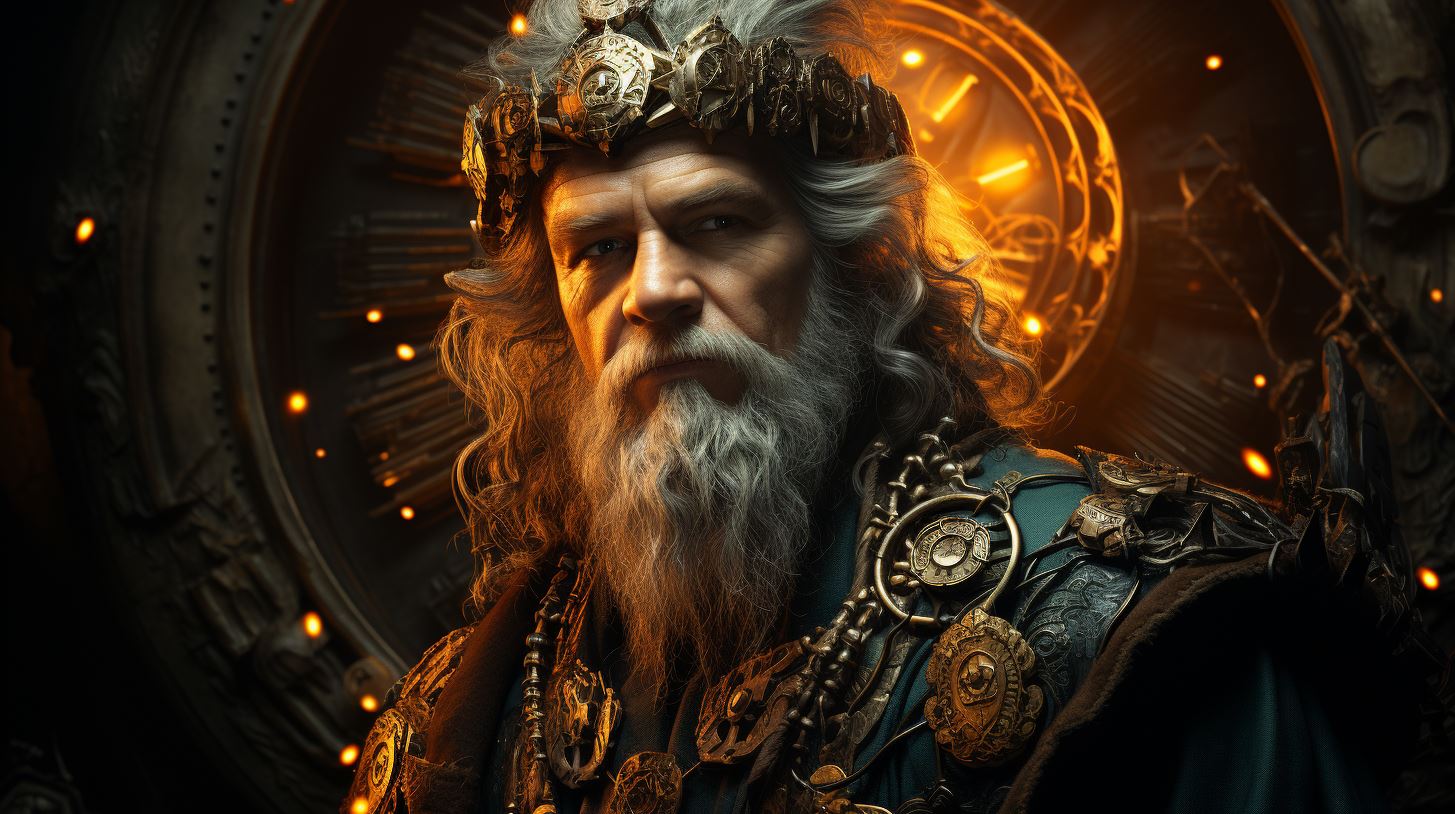
Bran Celtic God is a fascinating figure in Celtic mythology, known as a mythical ruler of ancient Britain and a possible inspiration for the guardian of the Holy Grail.
The legends surrounding Bran include his decapitation, with his head serving as a protective charm against invasions at Tower Hill in London. Connections are also drawn between Bran and the Holy Grail, with similarities in his wounds and the symbolic significance of his miraculous cauldron.
This article delves into the mythology, symbolism, and influence of Bran in Celtic folklore and literature, highlighting his enduring legacy.
The Mythical Tales of Bran and Branwen
The Celtic deity Bran is accompanied by fascinating tales steeped in mythology, invoking intrigue and wonder. One of these remarkable stories revolves around Bran’s sister, Branwen, and her tragic love affair with Matholwch, a king from Ireland.
This sorrowful tale showcases the complexities of Bran’s world, where love and conflict intertwine in intricate webs of fate.
Branwen and Matholwch: The Tragic Love Story
Branwen, a beautiful and graceful princess, captivated Matholwch’s heart during a diplomatic visit from Ireland to Britain. The two embarked on a romantic journey, their bond symbolizing the potential for peace and unity between the two kingdoms.
However, their union was marred by treachery and betrayal, as Branwen suffered mistreatment at the hands of Matholwch’s courtiers. This heart-wrenching tale serves as a testament to the complexities of love and the consequences of pursuing it amidst a backdrop of inter-kingdom conflict.
The Cauldron of Bran: Restoring Life to the Dead
Another enthralling aspect of Bran’s mythology lies in his possession of a mystical cauldron with the power to bring the dead back to life. Tales recount the miraculous properties of this cauldron, which restored vitality and rejuvenation to fallen warriors.
The Cauldron of Bran represents the cycle of life and death, showcasing the potential for rebirth and renewal, even in the face of devastating loss.
The Head of Bran and its Protective Powers
The story of Bran, a mythical Celtic deity, takes a dramatic turn with his decapitation.
This section delves into the intriguing tale of Bran’s head and its potent protective powers, which become a significant part of Celtic folklore.
Bran’s Decapitation and the Journey to London
Bran, after being wounded by a poisoned spear in battle, directs his loyal followers to behead him and carry his head back to Wales. This act, driven by Bran’s mystical foresight, sets the stage for the influence his head will have in warding off impending dangers.
Undeterred by the daunting task, Bran’s devoted companions fulfill his wishes, embarking on a journey to London while cradling the decapitated head of their revered leader. Throughout the arduous journey, the head of Bran remains a powerful symbol of protection and tranquility.
The Head of Bran at Tower Hill: Warding off Invasions
Upon reaching Tower Hill in London, Bran’s head, when buried, establishes itself as a potent enchantment against foreign invasions and plagues. For years, it acts as a guardian, fostering an era of magical peace and security for the land.
However, the legendary King Arthur disrupts this protective spell when he unearths Bran’s head, believing that Britain should rely on its own strength rather than talismans. This act incites a clash of beliefs and forces, leaving behind a profound impact on Celtic mythology and its understanding of protective powers.
In conclusion, the mythology surrounding Bran’s decapitated head provides a captivating and mysterious narrative within the overarching tales of the Celtic god. Its protective role, from the journey to London to its burial on Tower Hill, unveils a deeper understanding of the significance attributed to magical objects and symbols in Celtic folklore.
Connections between Bran and the Holy Grail
Exploring the intriguing connections between the Celtic god Bran and the legendary Holy Grail reveals fascinating parallels and similarities that have captivated scholars and enthusiasts alike.
Bran as a Model for the Guardian of the Holy Grail
The mythology surrounding Bran has positioned him as a potential archetype for the guardian of the Holy Grail, the revered artifact associated with divine power and spiritual enlightenment.
Just as Bran held the role of a mythical leader and protector, the guardian of the Holy Grail serves as the sacred guardian of a transcendent object.
The tales of Bran have influenced the depiction and portrayal of the guardian figure, highlighting their immense responsibility and connection to mystical forces.
This connection offers a deeper understanding of the symbolism and significance attributed to both Bran and the Holy Grail in Celtic mythology.
Comparing Bran’s Wound and the Grail Motif
Another thought-provoking connection between Bran and the Holy Grail lies in the similarity of Bran’s fatal wound and the motif of the Grail’s healing properties. Bran, wounded by a poisoned spear, shares an uncanny resemblance to the wounded guardians or knights in the Grail legends.
Such parallels suggest a shared narrative archetype across different mythological traditions, where the wounded hero plays a vital role in attaining spiritual transformation and renewal. The motif of the wound and its connection to the Grail signifies the quest for healing and the search for ultimate spiritual well-being.
This connection between Bran’s wound and the Grail motif invites deeper contemplation on the overarching themes of salvation, restoration, and the eternal quest for sacred knowledge and enlightenment.
In conclusion, the correlations between the mythos of Bran and the enigmatic Holy Grail highlight the intricate interplay of Celtic folklore and medieval Christian symbolism.
Exploring these connections uncovers layers of meaning and invites further speculation into the profound influence of ancient mythology on religious and literary traditions.
Bran’s Legacy and Influence on Celtic Mythology
The tales of Bran have left a profound impact on Celtic mythology, shaping legends and prophecies that continue to captivate audiences to this day. Let us delve into the descendants of Bran and their significance, along with Bran’s pivotal role in the renowned Mabinogion and Celtic literature.
The Descendants of Bran: Legends and Prophecies
The lineage of Bran holds a place of great importance in Celtic lore, with numerous legends and prophecies surrounding his descendants. From the renowned king Bendigeidfran to the enchanting Princess Branwen, each figure carries a tale rife with tragedy, love, and divine providence.
These stories not only entertain but also provide a deeper understanding of the complex relationships and destiny that Bran’s lineage entailed.
Bran’s Role in the Mabinogion and Celtic Literature
In the ancient collection of Welsh literature known as the Mabinogion, Bran stands as a central character, exemplifying bravery, wisdom, and sacrifice. His heroic deeds, such as the expedition to Ireland and the war against the invading armies, serve as the foundation for many captivating tales.
Moreover, Bran’s influence extends beyond the Mabinogion, permeating various forms of Celtic literature and inspiring writers and storytellers throughout the centuries.
Through legends and prophecies, as well as his prominent role in the Mabinogion and other Celtic literary works, Bran celtic god’s legacy looms large in the realm of mythology.
His stories continue to shape and inspire the imaginations of those seeking to understand the mystical and enigmatic aspects of ancient Celtic beliefs.
Exploring the Symbolism and Meanings of Bran
As we delve into the fascinating world of Bran Celtic God, we uncover profound symbolism and deeper meanings associated with this enigmatic deity. Through various legends and myths, Bran’s character embodies both the role of the Celtic God of Prophecy and his unique connection with Christianity.
The Raven Connection: Bran as the Celtic God of Prophecy
Within Celtic mythology, Bran is often closely associated with the raven, a symbol deeply rooted in Celtic folklore. The raven’s intelligence, mysterious nature, and their ability to foretell the future make them the perfect representation of Bran as the Celtic God of Prophecy.
Just as the raven soars above, Bran possesses divine knowledge and insight into the hidden realms of destiny.
The raven’s presence in Bran’s mythology serves as a reminder of the interconnectedness between the mortal world and the spiritual realm.
It signifies the divine wisdom that Bran bestows upon individuals, guiding them through life’s intricacies and offering glimpses into their fate.
Bran’s Blessing and the Christian Influence on his Mythology
With the advent of Christianity, the ancient Celtic beliefs underwent a transformation, leading to the melding of pagan traditions with Christian elements. Bran, known as a giant and mythical ruler, also received a touch of human-like qualities.
This blending of characteristics demonstrates the influence of Christianity on the mythology surrounding Bran.
The concept of Bran’s blessing further illustrates the incorporation of Christianity into his mythology. This divine blessing, bestowed upon his followers, symbolizes the infusion of Christian notions of grace and divine favor.
It represents an amalgamation of spiritual beliefs, where pagan and Christian elements coexist, intertwining the ancient and the new.
This intermingling of religious motifs provides us with a fascinating glimpse into the cultural and spiritual evolution that took place during the transition from Celtic paganism to Christianity in ancient Britain.
- The raven serves as the symbol of Bran’s divine wisdom and prophetic abilities.
- Christianity influences Bran’s mythology, adding human-like qualities to his character.
- Bran’s blessing represents the fusion of pagan and Christian beliefs.
By exploring the symbolism and meanings of Bran, we unravel the intricate tapestry of Celtic mythology, where ancient beliefs and Christian influences converge to create a rich and captivating narrative filled with prophecies and divine blessings.
Bran continues to inspire and intrigue, leaving an indelible mark on the realm of myth and legend.
.











